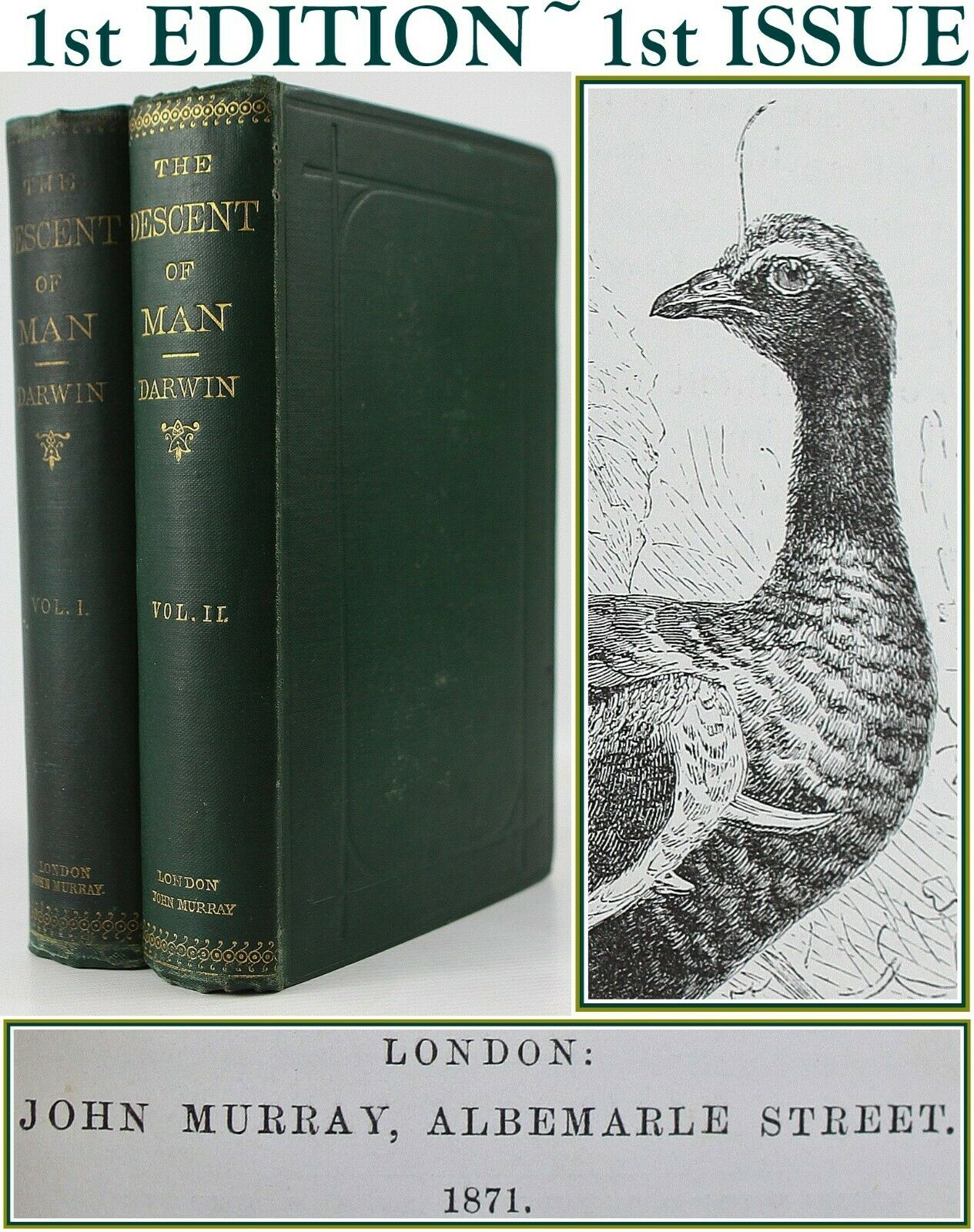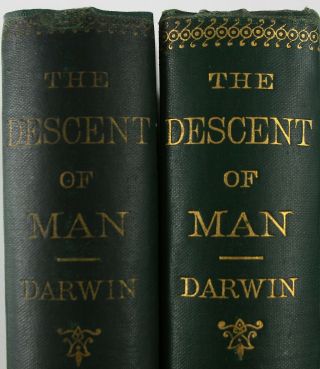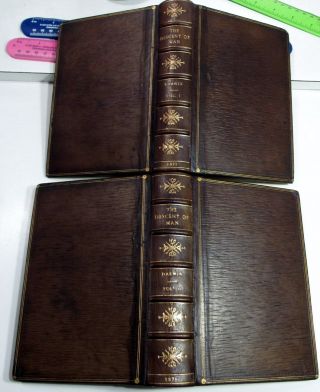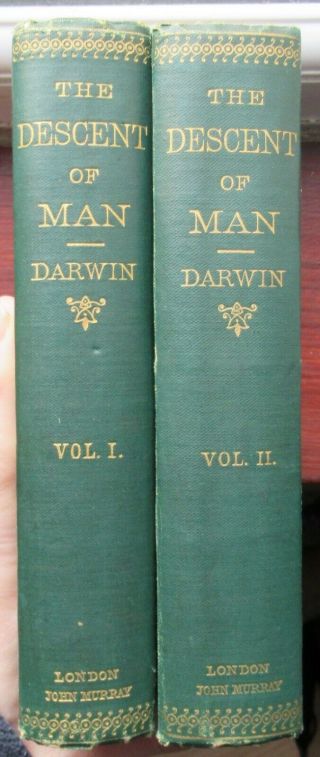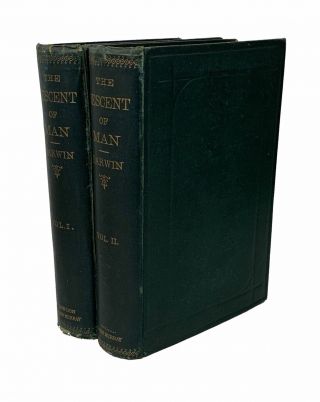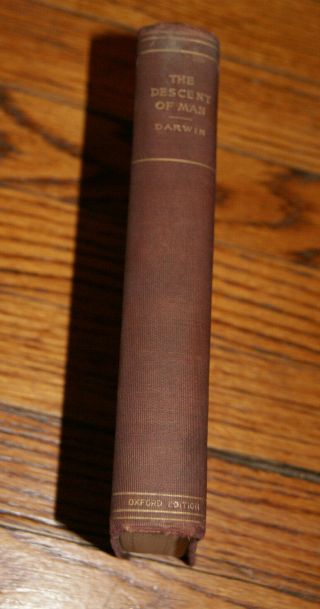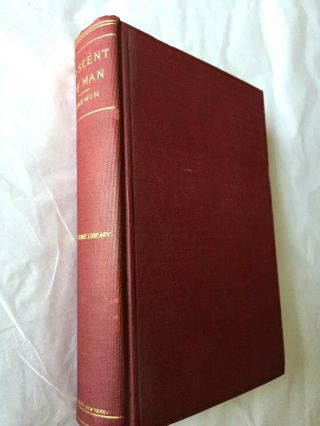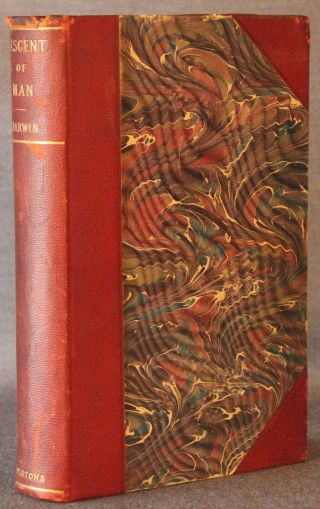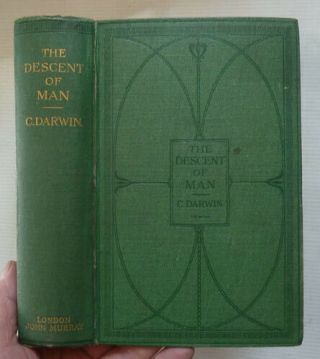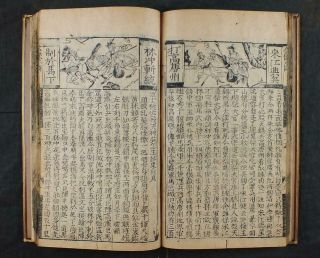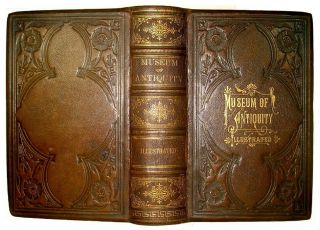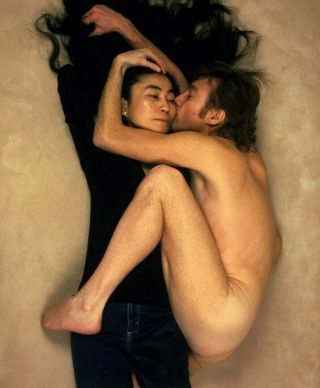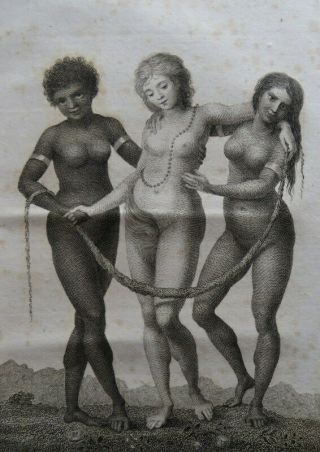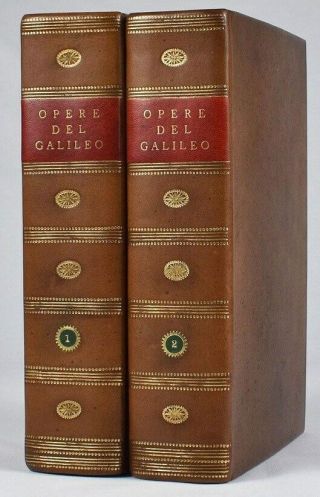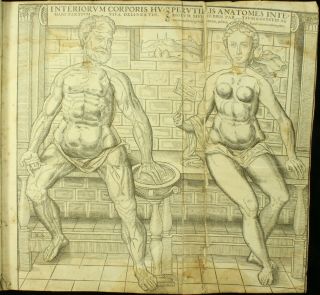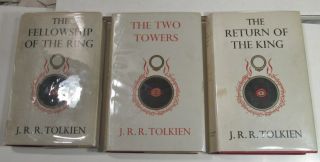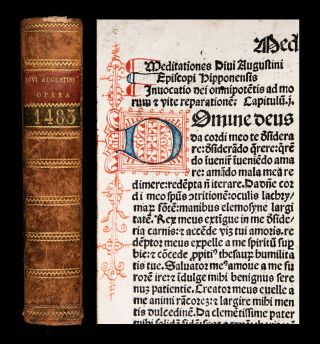1871 CHARLES DARWIN THE DESCENT OF MAN 1st EDITION/FIRST ISSUE HUMAN EVOLUTION
Item History & Price
FREE INTERNATIONAL INSURED POSTAGE
Please e-mail if you would like me to send further photos********* A true Darwin first edition...The first issue of the first edition of the Descent of Man was printed in February 1871. A subsequent run (the second issue) was produced shortly afterwards in March. The first issue, on offer here, can be recognized by the errata on the verso of the title leaf of Volume II (see photo), seventeen errata for Volume I and eight for Volume II. [The verso of the title leaf of Volume II of the second issue has a list of nine other works by Darwin and no errata.] The verso of the half title leaf of Volume II (opposite title) of the first issue bears the 3-line printer's note (see photo), [it is blank in the second issue of March 1871]. The first issue has a note on a tipped in leaf (pp. [ix-x]) in Volume II (see photo) which refers to 'a serious and unfortunate error' which affects pages 297-299 in Volume I, and pages 161 and 237 in Volume II. The proof that Volume I is the first issue can be seen on page 297 where the first word is "transmitted" (see photo). The second issue begins "when" on this page. There are also certain misprints, such as "kaola" for koala on p. 27 of VOL I.(see photo)
Volume I of this set is the very first time in which the word "evolution" appears in print in any of Charles Darwin's works. It can be found right at the beginning, on page 2 of the introduction:
***STOCK IMAGES***see gallery for 12 images of the set on offer
CONTENTSPART I.THE DESCENT OR ORIGIN OF MAN.————CHAPTER I.THE EVIDENCE OF THE DESCENT OF MAN FROM SOME LOWER FORM. Nature of the evidence bearing on the origin of man—Homologous structures in man and the lower animals—Miscellaneous points of correspondence—Development—Rudimentary structures, muscles, sense-organs, hair, bones, reproductive organs, &c.—The bearing of these three great classes of facts on the origin of man . . . .CHAPTER II.ON THE MANNER OF DEVELOPMENT OF MAN FROM SOME LOWER FORM.Variability of body and mind in man—Inheritance—Causes of variability—Laws of variation the same in man as in the lower animals—Direct action of the conditions of life—Effects of the increased use and disuse of parts—Arrested development—Reversion—Correlated variation—Rate of increase—Checks to increase—Natural selection—Man the most dominant animal in the world—Importance of his corporeal structure—The causes which have led to his becoming erect—Consequent changes of structure—Decrease in size of the canine teeth—Increased size and altered shape of the skull—Nakedness—Absence of a tail—Defenceless condition of man . . . . CHAPTER III.COMPARISON OF THE MENTAL POWERS OF MAN AND THE LOWER ANIMALS.The difference in mental power between the highest ape and the lowest savage, immense—Certain instincts in common—The emotions—Curiosity—Imitation—Attention—Memory—Imagination—Reason—Progressive improvement—Tools and weapons used by animals—Abstraction, Self-consciousness—Language—Sense of beauty—Belief in God, spiritual agencies, superstitions . . . . CHAPTER IV.COMPARISON OF THE MENTAL POWERS OF MAN AND THE LOWER ANIMALS—continued.The moral sense—Fundamental proposition—The qualities of social animals—Origin of sociability—Struggle between opposed instincts—Man a social animal—The more enduring social instincts conquer other less persistent instincts—The social virtues alone regarded by savages—The self-regarding virtues acquired at a later stage of development—The importance of the judgment of the members of the same community on conduct—Transmission of moral tendencies—Summary . . . . CHAPTER V.ON THE DEVELOPMENT OF THE INTELLECTUAL AND MORAL FACULTIES DURING PRIMEVAL AND CIVILISED TIMES.Advancement of the intellectual powers through natural selection—Importance of imitation—Social and moral faculties—Their development within the limits of the same tribe—Natural selection as affecting civilised nations—Evidence that civilised nations were once barbarous .CHAPTER VI.ON THE AFFINITIES AND GENEALOGY OF MAN.Position of man in the animal series—The natural system genealogical—Adaptive characters of slight value—Various small points of resemblance between man and the Quadrumana—Rank of man in the natural system—Birthplace and antiquity of man—Absence of fossil connecting-links—Lower stages in the genealogy of man, as inferred, firstly from his affinities and secondly from his structure—Early androgynous condition of the Vertebrata—Conclusion . . . . CHAPTER VII.ON THE RACES OF MAN.The nature and value of specific characters—Application to the races of man—Arguments in favour of, and opposed to, ranking the so-called races of man as distinct species—Sub-species—Monogenists and polygenists—Convergence of character— Numerous points of resemblance in body and mind between the most distinct races of man—The state of man when he first spread over the earth—Each race not descended from a single pair—The extinction of races—The formation of races—The effects of crossing—Slight influence of the direct action of the conditions of life—Slight or no influence of natural selection—Sexual selection . . . . ——————————PART II.SEXUAL SELECTION.—————CHAPTER VIII.PRINCIPLES OF SEXUAL SELECTION.Secondary sexual characters—Sexual selection—Manner of action—Excess of males—Polygamy—The male alone generally modified through sexual selection—Eagerness of the male—Variability of the male—Choice exerted by the female—Sexual compared with natural selection—Inheritance at corresponding periods of life, at corresponding seasons of the year, and as limited by sex—Relations between the several forms of inheritance—Causes why one sex and the young are not modified through sexual selection—Supplement on the proportional numbers of the two sexes throughout the animal kingdom—The proportion of the sexes in relation to natural selection . . . . CHAPTER IX.SECONDARY SEXUAL CHARACTERS IN THE LOWER CLASSES OF THE ANIMAL KINGDOM.These characters absent in the lowest classes—Brilliant colours—Mollusca—Annelids—Crustacea, secondary sexual characters strongly developed; dimorphism; colour; characters not acquired before maturity—Spiders, sexual colours of; stridulation by the males—Myriapoda . . . . CHAPTER X.SECONDARY SEXUAL CHARACTERS OF INSECTS.Diversified structures possessed by the males for seizing the females—Differences between the sexes, of which the meaning is not understood—Difference in size between the sexes—Thysanura—Diptera—Hemiptera—Homoptera, musical powers possessed by the males alone—Orthoptera, musical instruments of the males, much diversified in structure; pugnacity; colours—Neuroptera, sexual differences in colour—Hymenoptera, pugnacity and odours—Coleoptera, colours; furnished with great horns, apparently as an ornament; battles; stridulating organs generally common to both sexes . . . .CHAPTER XI.INSECTS, continued.—ORDER LEPIDOPTERA.(BUTTERFLIES AND MOTHS.)Courtship of butterflies—Battles—Ticking noise—Colours common to both sexes, or more brilliant in the males—Examples—Not due to the direct action of the conditions of life—Colours adapted for protection—Colours of moths—Display—Perceptive powers of the Lepidoptera—Variability—Causes of the difference in colour between the males and females—Mimicry, female butterflies more brilliantly coloured than the males—Bright colours of caterpillars—Summary and concluding remarks on the secondary sexual character of insects—Birds and insects compared . . . . CHAPTER XII.SECONDARY SEXUAL CHARACTERS OF FISHES, AMPHIBIANS, AND REPTILES.FISHES: Courtship and battles of the males—Larger size of the females—Males, bright colours and ornamental appendages; other strange characters—Colours and appendages acquired by the males during the breeding-season alone—Fishes with both sexes brilliantly coloured—Protective colours—The less conspicuous colours of the female cannot be accounted for on the principle of protection—Male fishesbuilding nests, and taking charge of the ova and young. AMPHIBIANS: Differences in structure and colour between the sexes—Vocal organs. REPTILES: Chelonians—Crocodiles—Snakes, colours in some cases protective—Lizards, battles of—Ornamental appendages—Strange differences in structure between the sexes—Colours—Sexual differences almost as great as with birds . . . .CHAPTER XIII.SECONDARY SEXUAL CHARACTERS OF BIRDS.Sexual differences—Law of battle—Special weapons—Vocal organs—Instrumental music—Love-antics and dances—Decorations, permanent and seasonal—Double and single annual moults—Display of ornaments by the males . . . . CHAPTER XIV.BIRDS—continued. Choice exerted by the female—Length of courtship—Unpaired birds—Mental qualities and taste for the beautiful—Preference or antipathy shewn by the female for particular males—Variability of birds—Variations sometimes abrupt—Laws of variation—Formation of ocelli—Gradations of character—Case of Peacock, Argus pheasant, and Urosticte . . . . CHAPTER XV.BIRDS—continued.Discussion as to why the males alone of some species, and both sexes of others are brightly coloured—On sexually-limited inheritance, as applied to various structures and to brightly-coloured plumage—Nidification in relation to colour—Loss of nuptial plumage during the winter . . . . .CHAPTER XVI.BIRDS—concluded.The immature plumage in relation to the character of the plumage in both sexes when adult—Six classes of cases—Sexual differences between the males of closely-allied or representative species—The female assuming the characters of the male—Plumage of the young in relation to the summer and winter plumage of the adults—On the increase of beauty in the birds of the world—Protective colouring—Conspicuously-coloured birds—Novelty appreciated—Summary of the four chapters on birds . . . . .CHAPTER XVII.SECONDARY SEXUAL CHARACTERS OF MAMMALS.The law of battle—Special weapons, confined to the males—Cause of absence of weapons in the female—Weapons common to both sexes, yet primarily acquired by the male—Other uses of such weapons—Their high importance—Greater size of the male—Means of defence—On the preference shewn by either sex in the pairing of quadrupeds . . . . .CHAPTER XVIII.SECONDARY SEXUAL CHARACTERS OF MAMMALS—continued.Voice—Remarkable sexual peculiarities in seals—Odour—Development of the hair—Colour of the hair and skin—Anomalous case of the female being more ornamented than the male—Colour and ornaments due to sexual selection—Colour acquired for the sake of protection—Colour, though common to both sexes, often due to sexual selection—On the disappearance of spots and stripes in adult quadrupeds—On the colours and ornaments of the Quadrumana—Summary . . . . . ————————————PART III.SEXUAL SELECTION IN RELATION TO MAN, AND CONCLUSION.————CHAPTER XIX.SECONDARY SEXUAL CHARACTERS OF MAN.Differences between man and woman—Causes of such differences, and of certain characters common to both sexes—Law of battle—Differences in mental powers, and voice—On the influence of beauty in determining the marriages of mankind—Attention paid by savages to ornaments—Their ideas of beauty in woman—The tendency to exaggerate each natural peculiarity . . . . CHAPTER XX.SECONDARY SEXUAL CHARACTERS OF MAN—continued.On the effects of the continued selection of women according to a different standard of beauty in each race—On the causes which interfere with sexual selection in civilised and savage nations—Conditions favourable to sexual selection during primeval times—On the manner of action of sexual selection with mankind—On the women in savage tribes having some power to choose their husbands—Absence of hair on the body, and development of the beard—Colour of the skin—Summary . . . .CHAPTER XXI.GENERAL SUMMARY AND CONCLUSION.Main conclusion that man is descended from some lower form—Manner of development—Genealogy of man—Intellectual and moral faculties—Sexual selection—Concluding remarks . . . .



